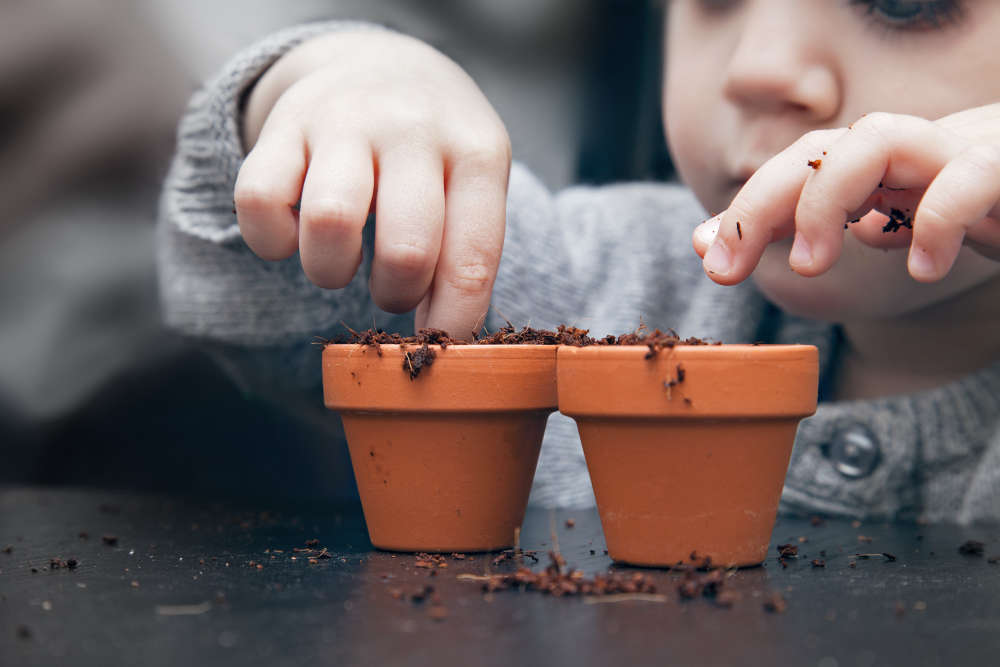
Seeds come in every size, shape and colour imaginable. If you’ve never grown something from seed, have a go, urges Flo Whitaker – but, be warned, it’s highly addictive...
A species of palm tree indigenous to the Seychelles produces the world's larges seed. A single 'Coco de Mer' can weigh 20 kilos. A seed may fall into the sea, drift for months and wash up on a distant shore.
In antiquity, some believed these extraordinary seeds came from mysterious forests growing beneath deep oceans, hence its marine-themed name. At the other end of the scale are tropical orchids,producing seed so ne that ittakes several million to weigh just one gram.
Instructions on a typical seed packet can appear brain-achingly bewildering. However, for simple gardening purposes, seeds can be divided into two types; annuals and biennials. Annuals take one calendar year to complete their life cycle; germinatingin spring, owering duringsummer, producing seed, then dying in autumn. Biennials, (Foxgloves, for instance) straddle two years;owering in May/June/ July and producing seed inlate summer. The resulting seedlings are tough customers that overwinter and becomemature, owering plants thefollowing, (second) year – a ‘biennial’ cycle.
While it’s sensible to read the packet instructions, it’s also important to use common sense. If directed, “Sow in March”, and early March is bitterly cold, then wait awhile. Springtime weed growth is a reliable guide. If weed seeds are germinating, this indicates soil temperatures are rising and daylight levels have increased to give optimum growing conditions.
Multipurpose potting soil contains a general fertiliser, making it suitable for most plants, but seed compost, (anely sieved, low nutrientmedium), is preferable for development of healthy seedlings. Seeds containspeci c nutritional elementsthat provide seedlings with perfectly balanced food; both in type and quantity. Too much fertiliser may result in distorted growth.
Go easy with the compost – many seeds fail because they’ve been planted too deep. In nature, a windblown seed might tumble into an extremely
shallow soil depression – yet it’s deep enough to start the process. Instead of covering with compost,
I use a ne scattering ofvermiculite, (a heat-treated natural mineral.) This sterile material helps to prevent mould infection, holds in moisture, but also ‘wicks’ excess water away.
Larger seeds, such as peas and beans, need deep-ish planting; 3cms or more. Easy to germinate they’re ideal for sowing by young, (impatient!) children. Forthe ower garden, annualcosmos, rudbeckia and calendula are undemanding characters that also makeexcellent cut owers. If fa ng about with seedlingssounds like too much bother, try annuals that can be ‘broadcast’, (scattered directly in a border wherethey are to ower.) You canbuy packets of pre-mixed seeds specially selected for sunny or shadier locations. They are strong, speedygrowers, typically oweringwithin 10-12 weeks.

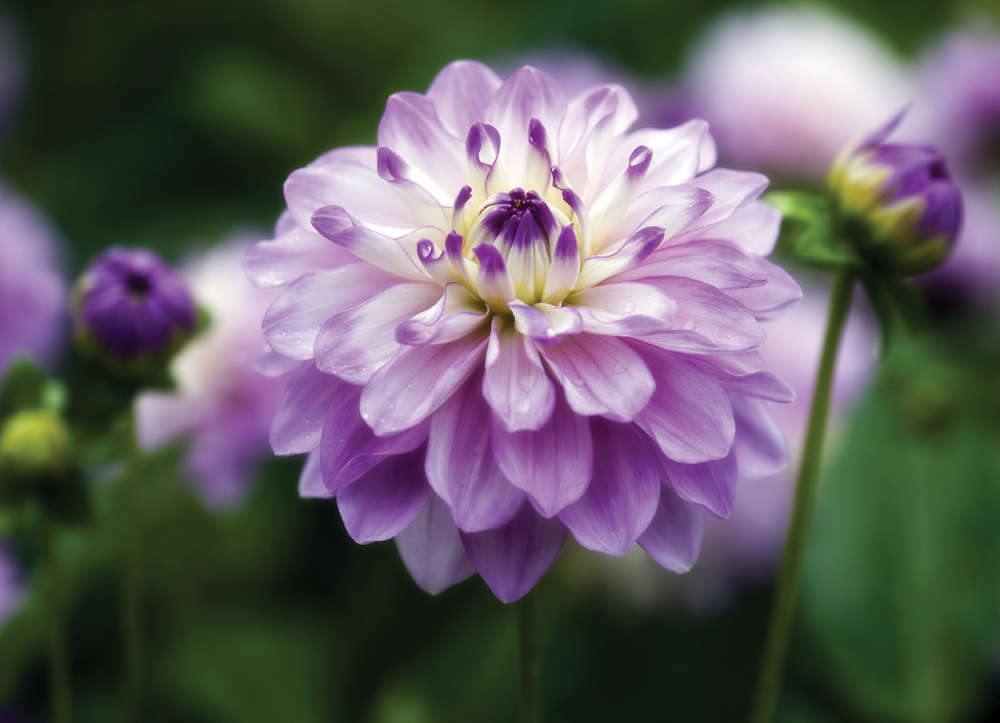 Blooming Times: Dahlia Mania
Blooming Times: Dahlia Mania
 How to Create 3D Walls in Your Home
How to Create 3D Walls in Your Home
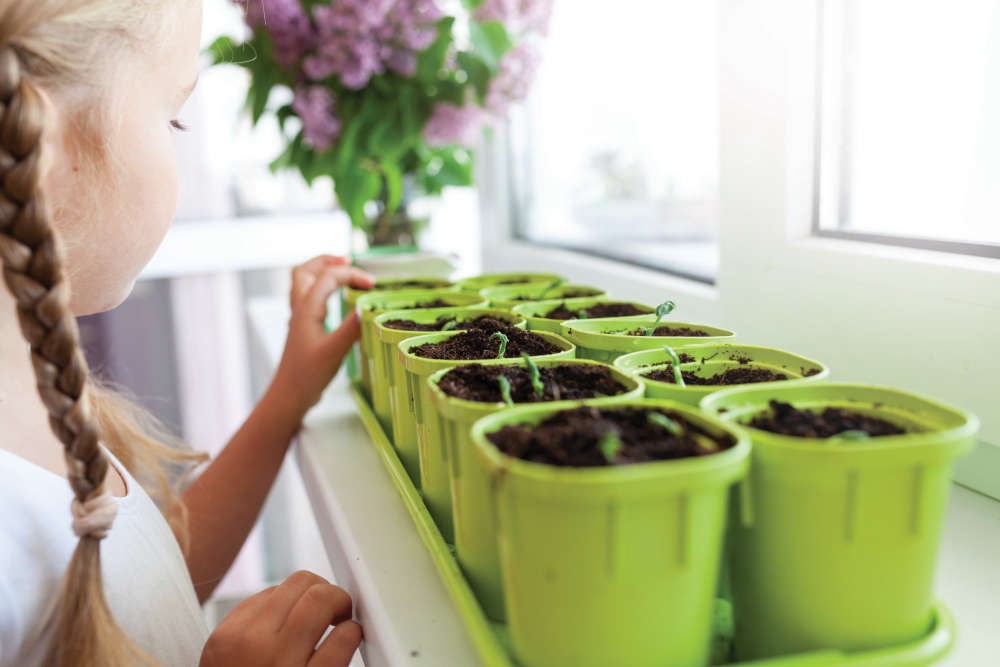 Blooming Times: Spring Fever
Blooming Times: Spring Fever
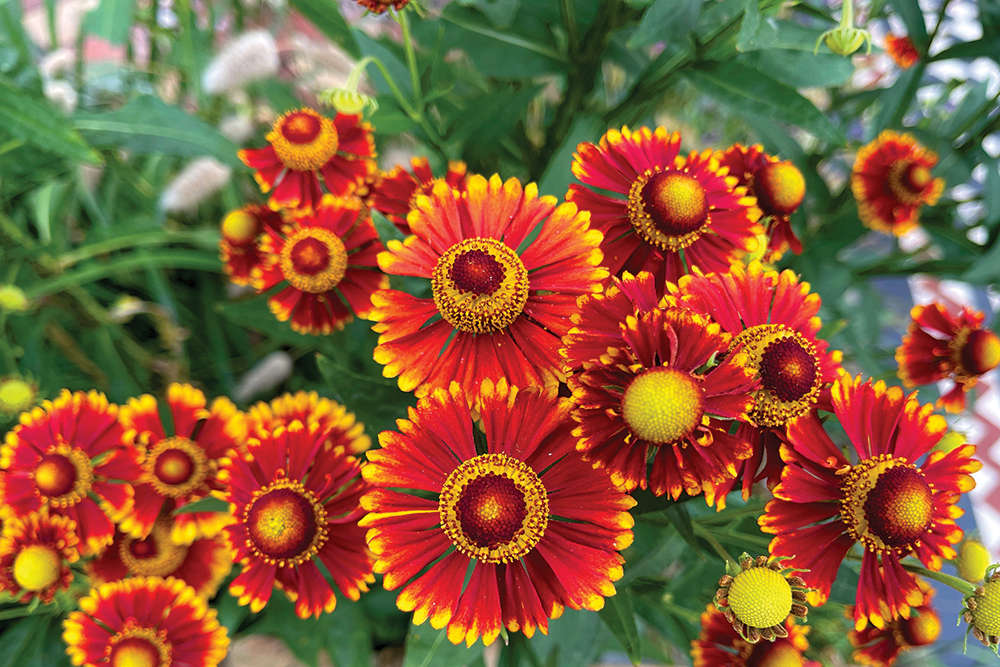 Blooming Times: What's in a Name?
Blooming Times: What's in a Name?
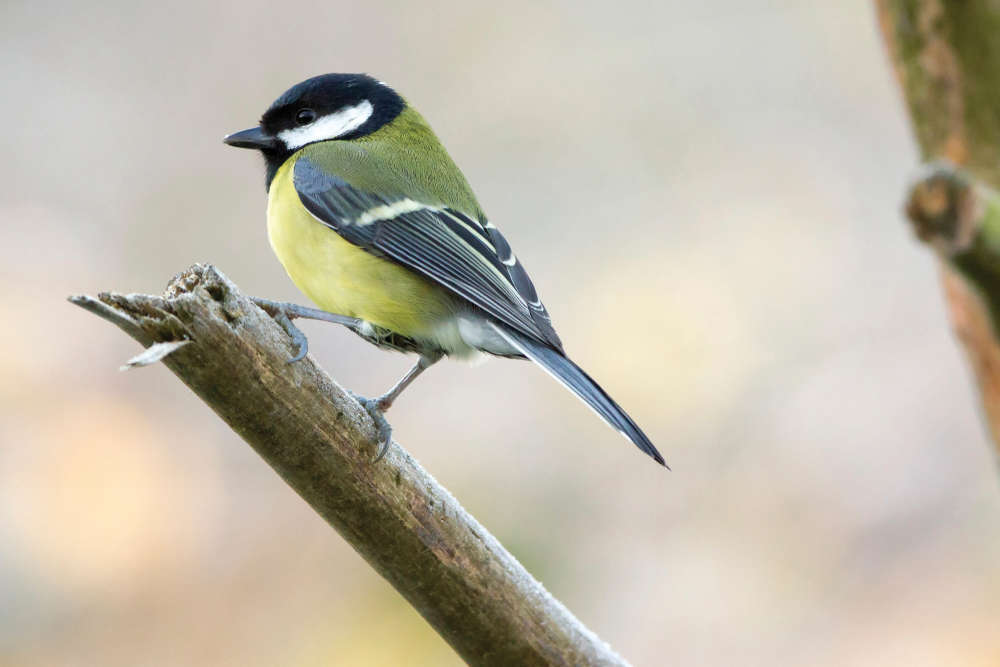 Top 10 Garden Birds to Spot on the Isle of Wight
Top 10 Garden Birds to Spot on the Isle of Wight
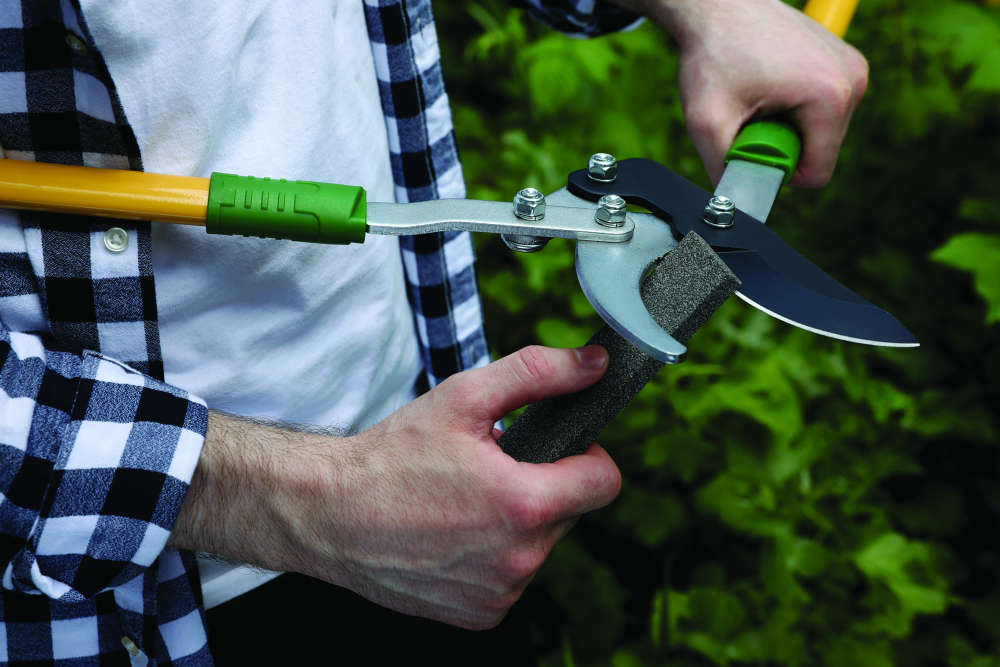 The Best Christmas Gifts for Gardeners
The Best Christmas Gifts for Gardeners
 Gardening: The Benefits of Hedges
Gardening: The Benefits of Hedges
 How to Create a Happy Home Workspace
How to Create a Happy Home Workspace
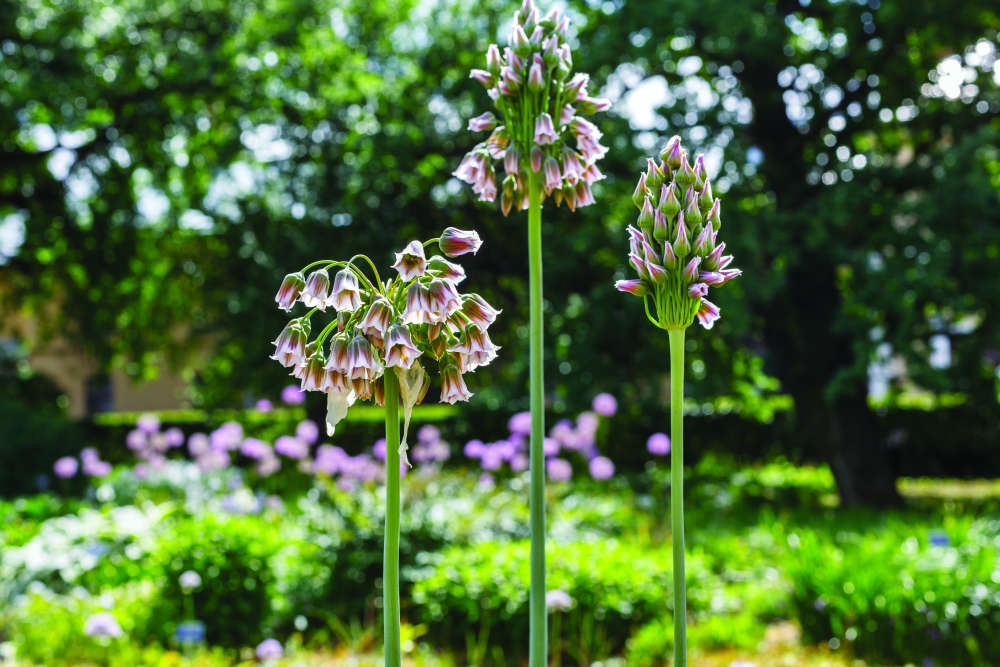 Now's the Time to Plant Alliums for a Spectacular Display Next Year
Now's the Time to Plant Alliums for a Spectacular Display Next Year
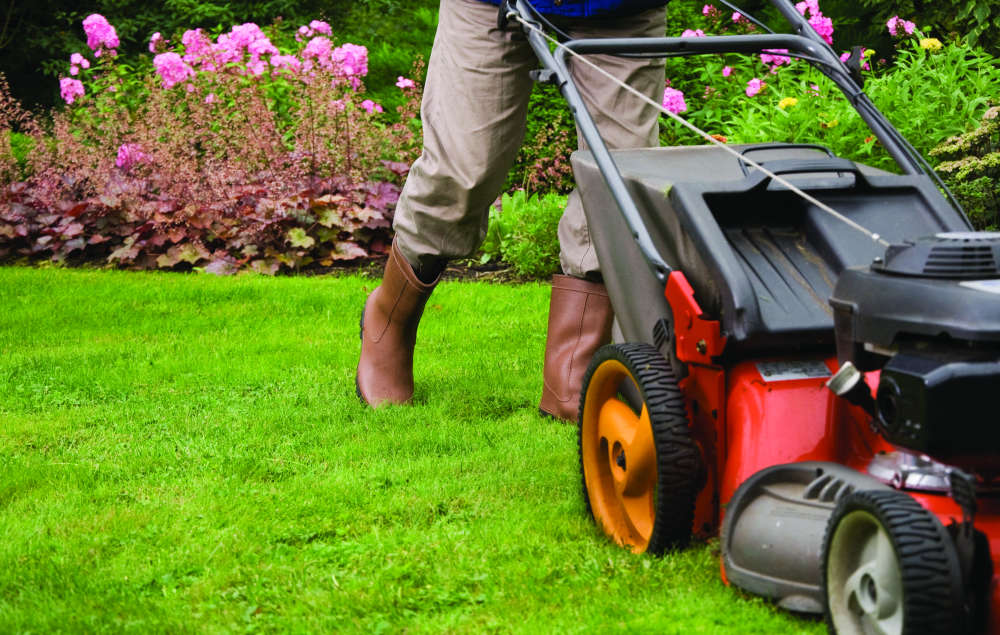 Gardening Facts or Fictions?!
Gardening Facts or Fictions?!
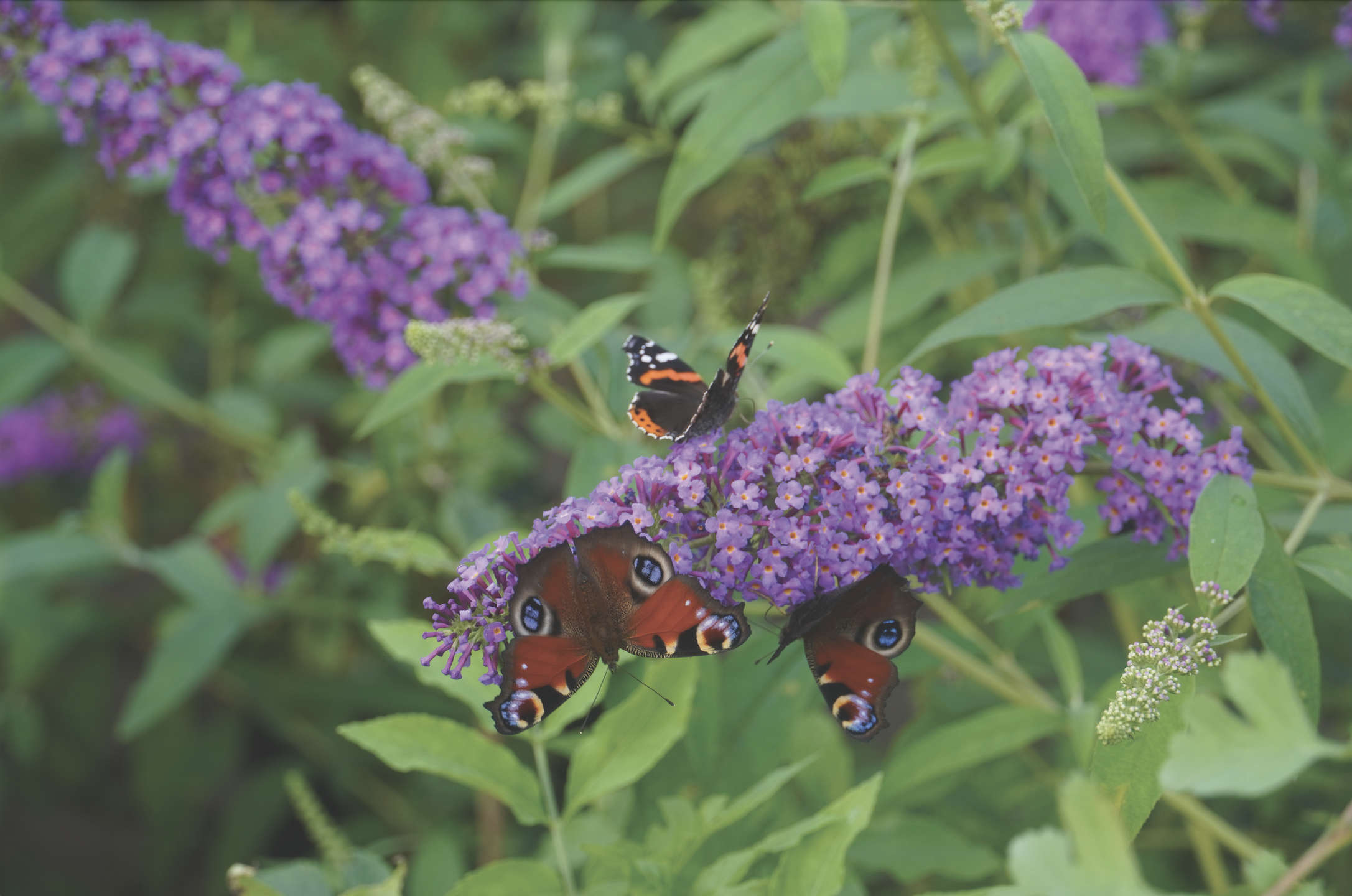 Fill The Gaps in Your Garden With Stunning Shrubs
Fill The Gaps in Your Garden With Stunning Shrubs
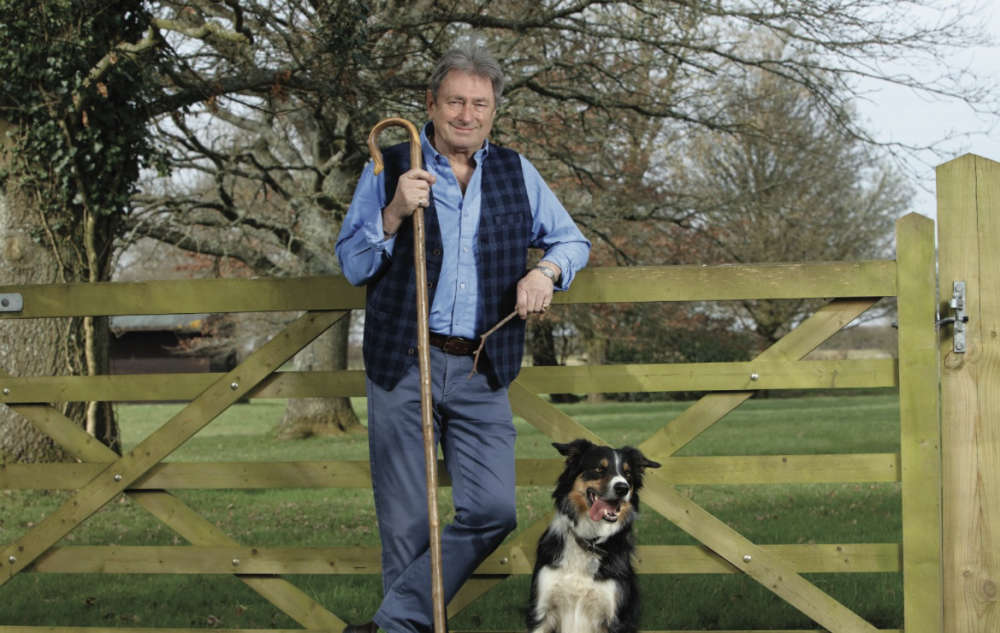 Summer in the Garden: The Alan Titchmarsh Column
Summer in the Garden: The Alan Titchmarsh Column
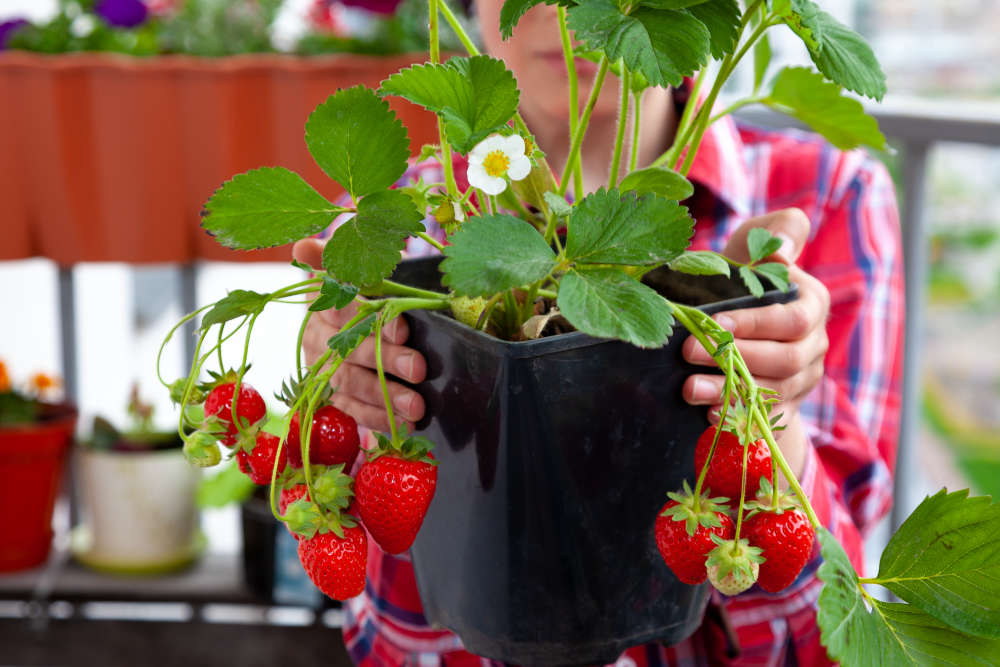 Grow Your Own Strawberries
Grow Your Own Strawberries
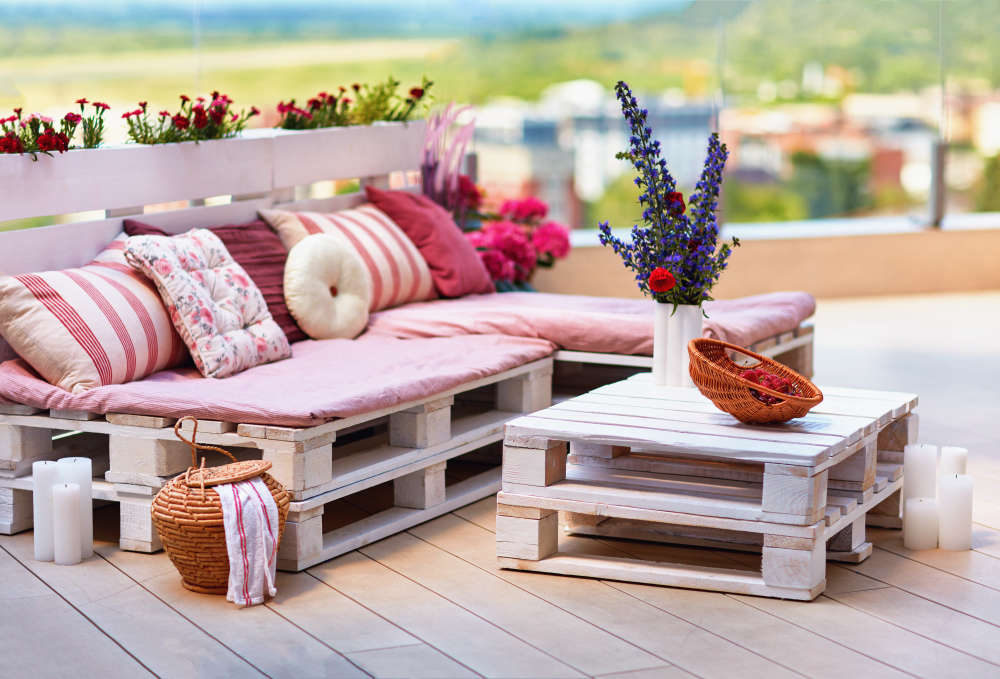 How to Make a Garden Sofa Out of Pallets
How to Make a Garden Sofa Out of Pallets
 How to Create a Festive Garden
How to Create a Festive Garden
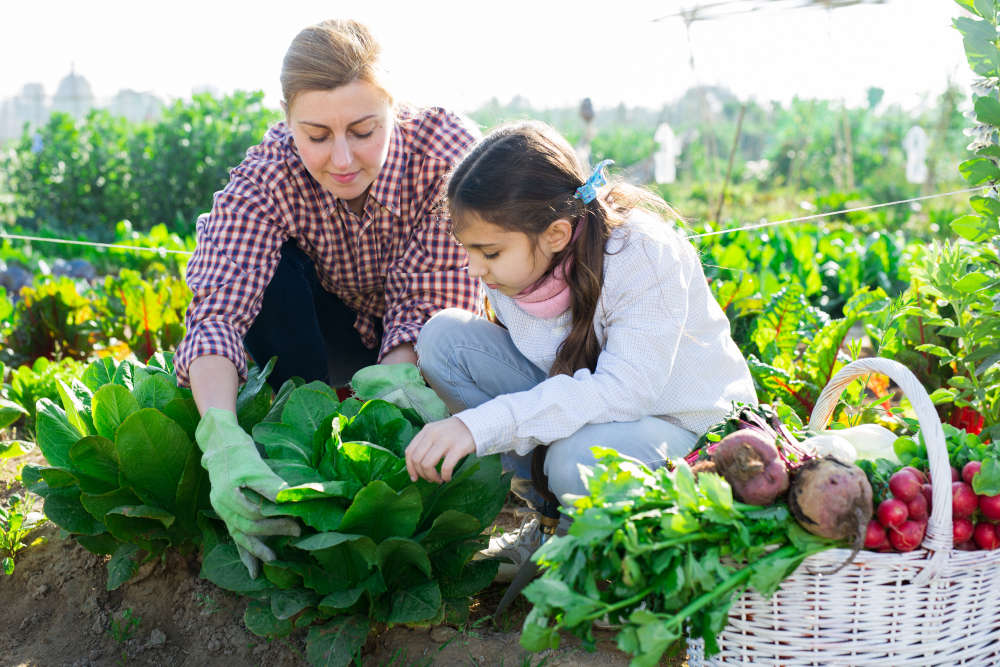 The Alan Titchmarsh Column: The Next Generation of Green-Fingered Gardeners
The Alan Titchmarsh Column: The Next Generation of Green-Fingered Gardeners
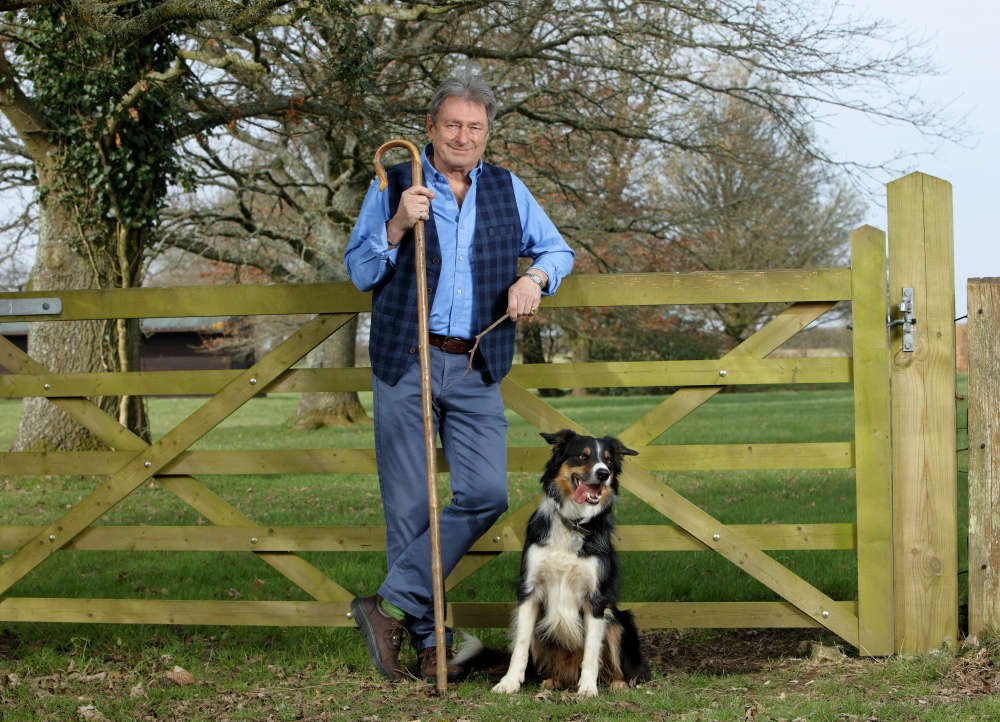 The Changing Seasons By Alan Titchmarsh
The Changing Seasons By Alan Titchmarsh
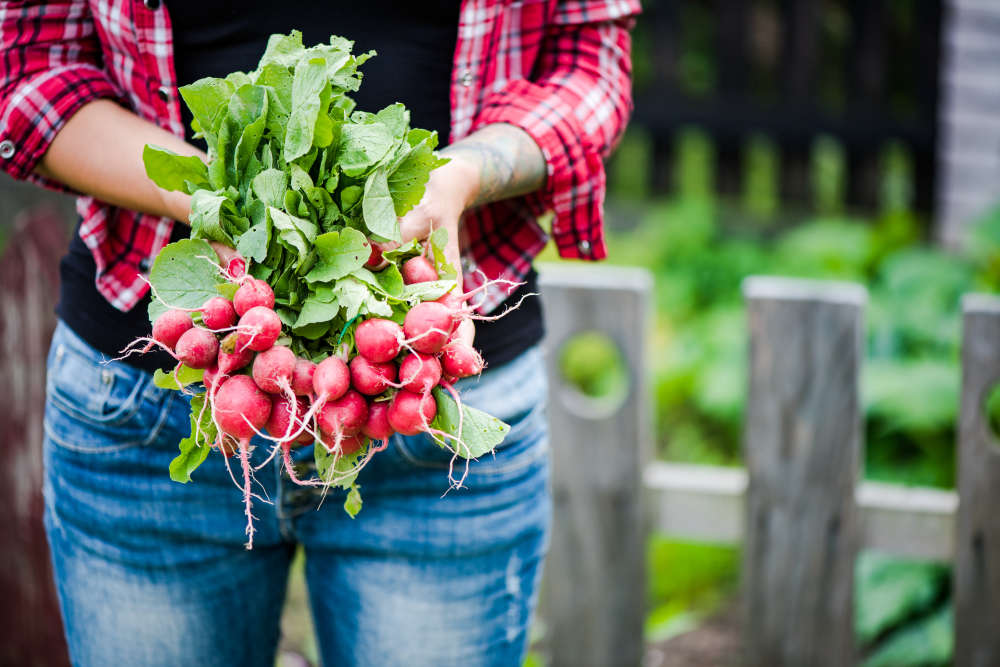 How to Grow Incredible Edibles
How to Grow Incredible Edibles
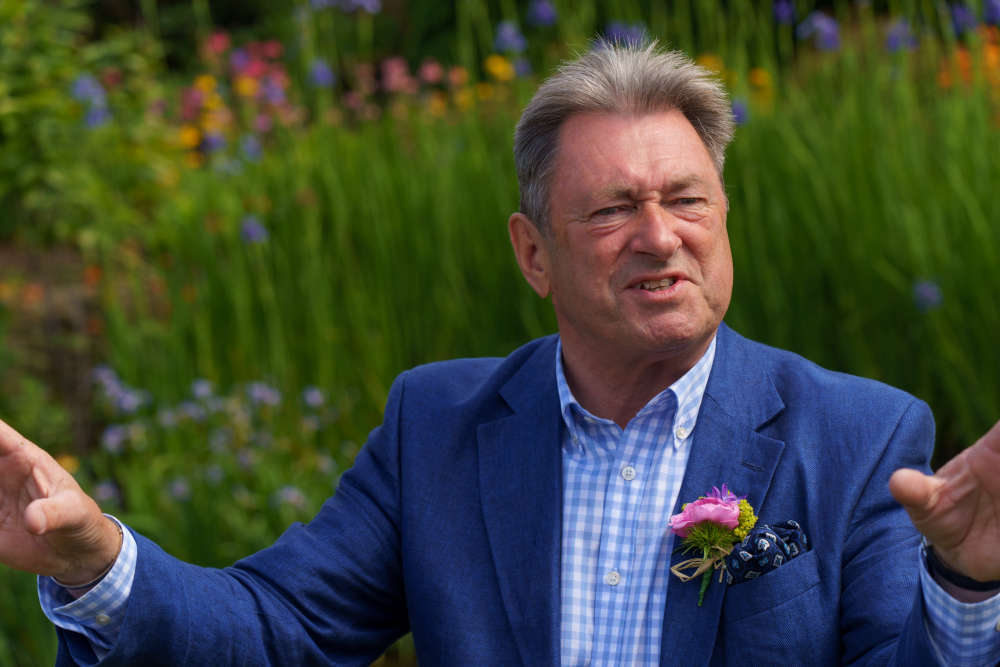 Alan Titchmarsh Talks Of Common Mistakes Gardeners Make
Alan Titchmarsh Talks Of Common Mistakes Gardeners Make
 Why Many Plants Prefer Life In The Shade
Why Many Plants Prefer Life In The Shade